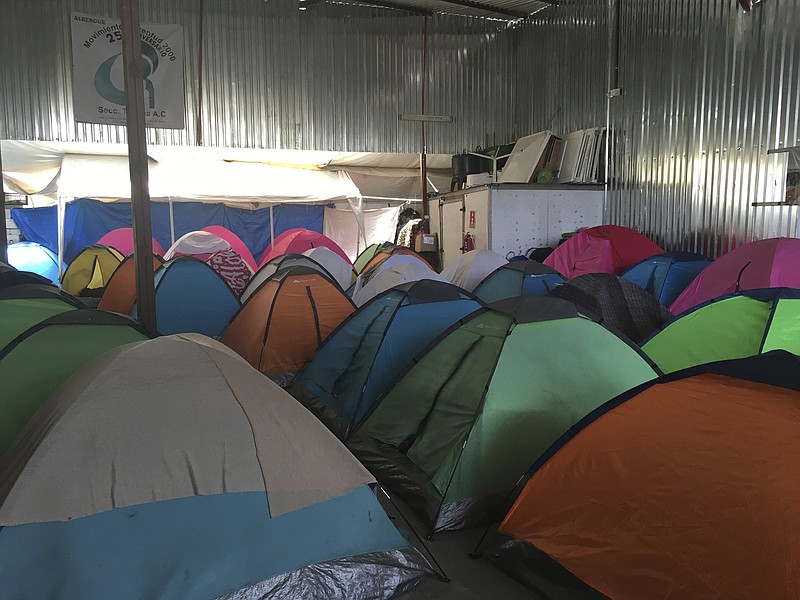TIJUANA, Mexico (AP) - About 130 Central Americans in a "caravan" of asylum-seeking immigrants that drew President Donald Trump's fury has arrived in the Mexican city of Tijuana bordering the U.S.
Two busloads of mostly women and children arrived late Tuesday at two migrant shelters steps away from one of the most fortified stretches of the U.S-Mexico border.
Alex Mensing of the Pueblos Sin Fronteras caravan organizing group said about 200 more Central Americans were expected Wednesday to reach Tijuana.
Legal workshops are planned later to tell the Central Americans what to expect when they seek asylum.
The first large group is expected to try to enter the United States on Sunday at the San Diego border crossing.
Trump has portrayed the caravans and the asylum seekers as evidence of a dysfunctional border.

